
Birkenau
Auschwitz-Birkenau, a former Nazi concentration and extermination camp, stands as a solemn memorial to the Holocaust's victims.
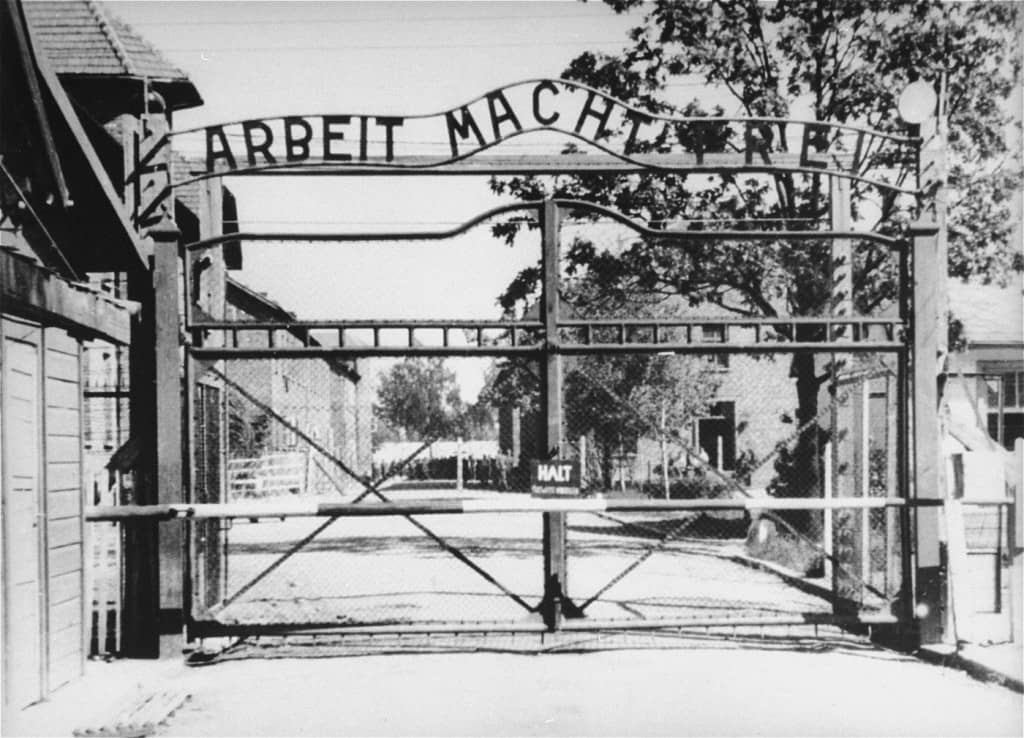
Highlights
Must-see attractions
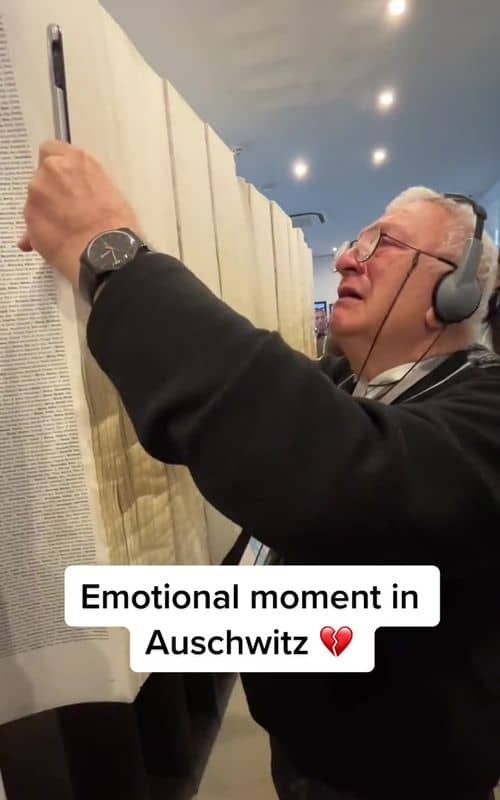
Social
From TikTok & Reddit
Best Time
Peaceful reflection

Birkenau
Best Time
Peaceful reflection

Highlights
Must-see attractions
Auschwitz-Birkenau, a former Nazi concentration and extermination camp, stands as a solemn memorial to the Holocaust's victims.
"A deeply moving and sobering journey that stays with you long after you leave."

🎯 Book Tickets Early!
Tickets sell out fast! Book online weeks in advance to guarantee entry.
🤫 Be Respectful & Silent
This is a memorial. Maintain silence and show utmost respect for the victims.

Highlights
Discover the most iconic attractions and experiences

The Gate of Auschwitz I
Auschwitz I
The infamous 'Arbeit Macht Frei' gate stands as a stark symbol of the camp's grim history and the suffering endured by prisoners.

The Book of Names
Auschwitz I
A poignant collection of names of Holocaust victims, offering a personal connection to the immense loss of life.

The Gas Chambers and Crematoria Ruins
Auschwitz II-Birkenau
The haunting remains of the extermination facilities serve as a powerful testament to the atrocities committed.

Wooden Barracks
Auschwitz II-Birkenau
Step inside the former barracks to grasp the harsh living conditions and immense suffering of the prisoners.
Plans like a pro.
Thinks like you
Planning Your Visit
Book Tickets in Advance
Prepare for an Emotional Experience
Best Times
Insider Tips
from TikTok, Instagram & Reddit
🎯 Book Tickets Early!
Tickets sell out fast! Book online weeks in advance to guarantee entry.
🤫 Be Respectful & Silent
This is a memorial. Maintain silence and show utmost respect for the victims.
🚶♀️ Guided Tours Recommended
A guide provides crucial context and historical depth to your visit.
📸 Sensitive Photography
Photos are allowed but must be taken with sensitivity and respect.
Tips
from all over the internet
🎯 Book Tickets Early!
Tickets sell out fast! Book online weeks in advance to guarantee entry.
🤫 Be Respectful & Silent
This is a memorial. Maintain silence and show utmost respect for the victims.
🚶♀️ Guided Tours Recommended
A guide provides crucial context and historical depth to your visit.
📸 Sensitive Photography
Photos are allowed but must be taken with sensitivity and respect.
🧥 Dress Modestly
Dress soberly and avoid clothing that might be considered disrespectful.
💧 Bring Water & Snacks
There are limited facilities inside, so come prepared for a long, emotional day.
What Travellers Say
Reviews Summary
Visitors consistently describe Auschwitz-Birkenau as a profoundly moving and essential place for remembrance. While the experience is emotionally heavy, the historical significance and the opportunity to honor victims are widely praised. Some find the sheer scale and the preserved artifacts overwhelming, emphasizing the importance of approaching the visit with respect and preparedness.
"It is a existence place to go and visit, and you cab walk around most of the camp, it has singens that gives you some information and just being their give you a atmosphere, I would highly recommend buying your ticket early so you don't have to stand inn line to get inn, and if you want to learn more a guid is recommend but not necessarily."
Casper g Ruud
"I am a little lost as this place is where soo many people were killed. It is so sad at the depravity and the evil used to create a place of death. Never forget what happened here for those people who try to justify their warped political views. It is a place of rememberance to those who died and remenbered for their suffering and death."
Coch H
"Visiting the gate of Auschwitz I—the infamous “Arbeit Macht Frei” sign—is a powerful, emotionally heavy experience. This place is not a typical tourist attraction; it’s a solemn site of remembrance and reflection. Standing before the gate, you’re confronted with the grim reality of what took place here during the Holocaust.
This visit is not about sightseeing—it's about honoring the memory of the victims and learning from one of the darkest chapters in human history. Prepare for a deeply moving and sobering journey that stays with you long after you leave.
📸 Photos are allowed but should be taken with sensitivity."
Sukriti Singh
What People Like
What People Dislike
Frequently Asked Questions
🚇 🗺️ Getting There
The most common ways to reach Auschwitz-Birkenau from Krakow are by bus or by car. Buses depart frequently from Krakow's main bus station and take about 1.5 hours. Taxis or ride-sharing services are also available, though they can be more expensive. Some visitors opt for organized tours that include transportation.
While technically possible, it's a tight schedule. The camp closes around 3 PM, and travel from the airport takes time. It's generally recommended to allocate a full day or at least a significant portion of a day to visit Auschwitz-Birkenau to allow for travel and a meaningful experience.
You can arrange a taxi or private transfer directly from Krakow Airport (KRK) to Auschwitz-Birkenau. This is the most convenient but also the most expensive option. Public transport would involve going into Krakow city first.
For those with limited time, booking an organized tour from Krakow is often the most efficient. These tours typically include round-trip transportation and a guided visit, maximizing your time at the site.
While you can walk between Auschwitz I and Auschwitz II-Birkenau, there is a shuttle bus service available for visitors, especially during peak season, to help cover the distance between the two sites.
🎫 🎫 Tickets & Entry
Tickets must be purchased in advance online through the official Auschwitz-Birkenau State Museum website. They often sell out days or even weeks ahead, so booking early is essential.
You can visit independently, but a guided tour is highly recommended to understand the historical context and significance of the site. Guided tours offer invaluable insights that enhance the experience.
Opening hours vary seasonally. Generally, the museum is open from early morning until late afternoon. It's crucial to check the official website for the most up-to-date hours for your planned visit date.
While entry to the grounds is generally free, specific timed entry slots and guided tours require paid tickets. It's best to check the official website for any potential free entry periods or special conditions.
Ticket prices typically cover entry to the museum grounds and access to specific exhibitions. Guided tours, which are highly recommended, are usually an additional cost.
🎫 🧭 Onsite Experience
Expect a deeply emotional and sobering experience. You will walk through preserved barracks, see personal belongings of victims, and learn about the horrific events that took place. It's a place of remembrance and reflection.
Photography is permitted in most outdoor areas, but it must be done with sensitivity and respect. Avoid taking selfies or posing in ways that trivialize the site. Photography inside some buildings may be restricted.
A visit to Auschwitz I and Auschwitz II-Birkenau typically requires at least 3-4 hours, but many visitors spend a full day to fully absorb the history and significance of the site.
Restrooms are available at both Auschwitz I and Auschwitz II-Birkenau. There are also small cafes or snack bars where you can purchase refreshments. However, it's advisable to bring your own water and snacks.
The atmosphere is overwhelmingly somber, reflective, and deeply moving. Visitors often describe a profound sense of sadness and a strong connection to the past.
📸 📸 Photography
Photography is allowed in most outdoor areas, but always with respect. Avoid intrusive or disrespectful photos, especially in areas of deep historical significance. Check for specific signage regarding photography restrictions inside buildings.
While not explicitly forbidden, taking selfies at Auschwitz-Birkenau is highly discouraged due to the solemn nature of the site. It is considered disrespectful to the victims and the memory of the Holocaust.
Photos that trivialize the suffering, such as smiling, posing playfully, or taking photos that are not focused on remembrance, are considered insensitive. Focus on capturing the historical significance and the memorial aspects of the site.
Generally, professional photography equipment and tripods may require special permits or may not be allowed without prior authorization. It's best to check the official museum guidelines for specific rules on equipment.
The iconic gates, the vast expanse of Birkenau, the preserved barracks, and the Book of Names are significant and can be photographed respectfully. Focus on capturing the scale and historical weight of these locations.
For Different Travelers
Tailored advice for your travel style
👨👩👧 Families with Kids
If you do decide to visit with older children or teenagers, consider booking a guided tour that can help contextualize the history in an age-appropriate manner. Focus on the educational aspect of remembrance and the importance of never forgetting. Prepare them beforehand for what they will see and experience, and be available to discuss their feelings.
🚶 Budget Travelers
While entry to the grounds is free, booking a guided tour is highly recommended for a comprehensive understanding. These tours have a fee, but they offer immense value. Alternatively, you can explore the site independently, though you might miss out on crucial historical context. Pack your own water and snacks to save money on on-site purchases.
🤔 Reflective Visitors
Deep Dives
In-depth insights and expert knowledge
Understanding Auschwitz I and Auschwitz II-Birkenau
Auschwitz II-Birkenau, established later, was the primary extermination center. It is characterized by its vast size, the railway ramp where prisoners were selected, and the ruins of gas chambers and crematoria. The sheer scale of Birkenau is overwhelming and underscores the industrial nature of the Nazi genocide.
Visiting both sites provides a comprehensive understanding of the camp's horrific operations, from initial imprisonment to systematic mass murder. The contrast between the more structured Auschwitz I and the sprawling, desolate Birkenau is stark and deeply impactful.
The Human Element: Survivor Testimonies and Personal Stories
Visitors often express how reading about the Holocaust is one thing, but visiting the site in person is an entirely different, heartbreaking experience. The personal belongings found within the museum – shoes, eyeglasses, suitcases – serve as tangible reminders of the millions of lives tragically cut short. These artifacts, combined with survivor narratives, create a powerful and unforgettable memorial.
Navigating the Site with Sensitivity
This means maintaining silence, refraining from loud conversations, and avoiding disrespectful behavior. Photography, while permitted in many areas, should be conducted with discretion. Selfies and playful poses are strongly discouraged, as they trivialize the memory of the victims. Dressing modestly and soberly is also recommended as a sign of respect.
Many visitors find that a guided tour significantly enhances their understanding and appreciation of the site's gravity. Guides provide essential historical context and help visitors navigate the emotional landscape of the memorial. Ultimately, the goal is to learn, remember, and honor the victims.
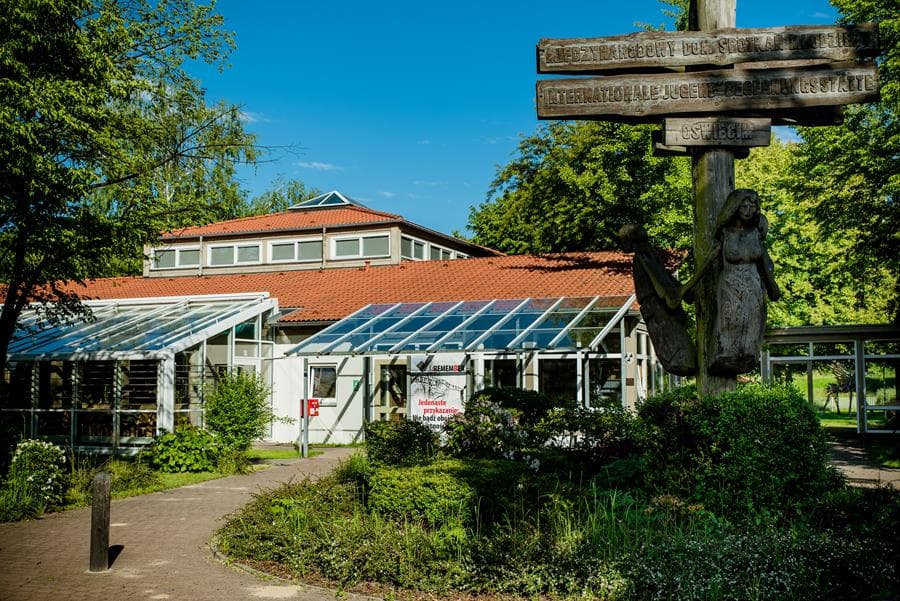


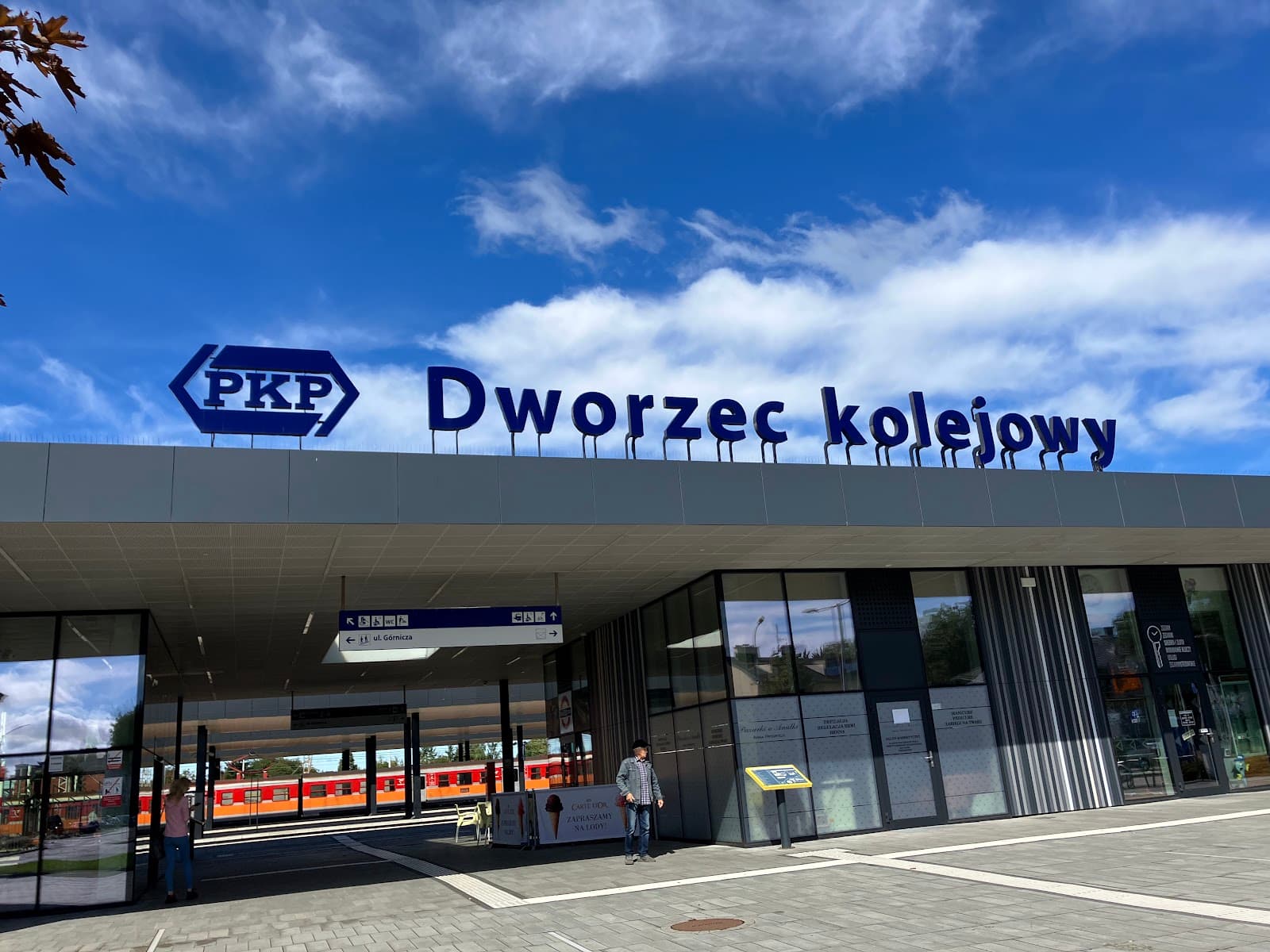
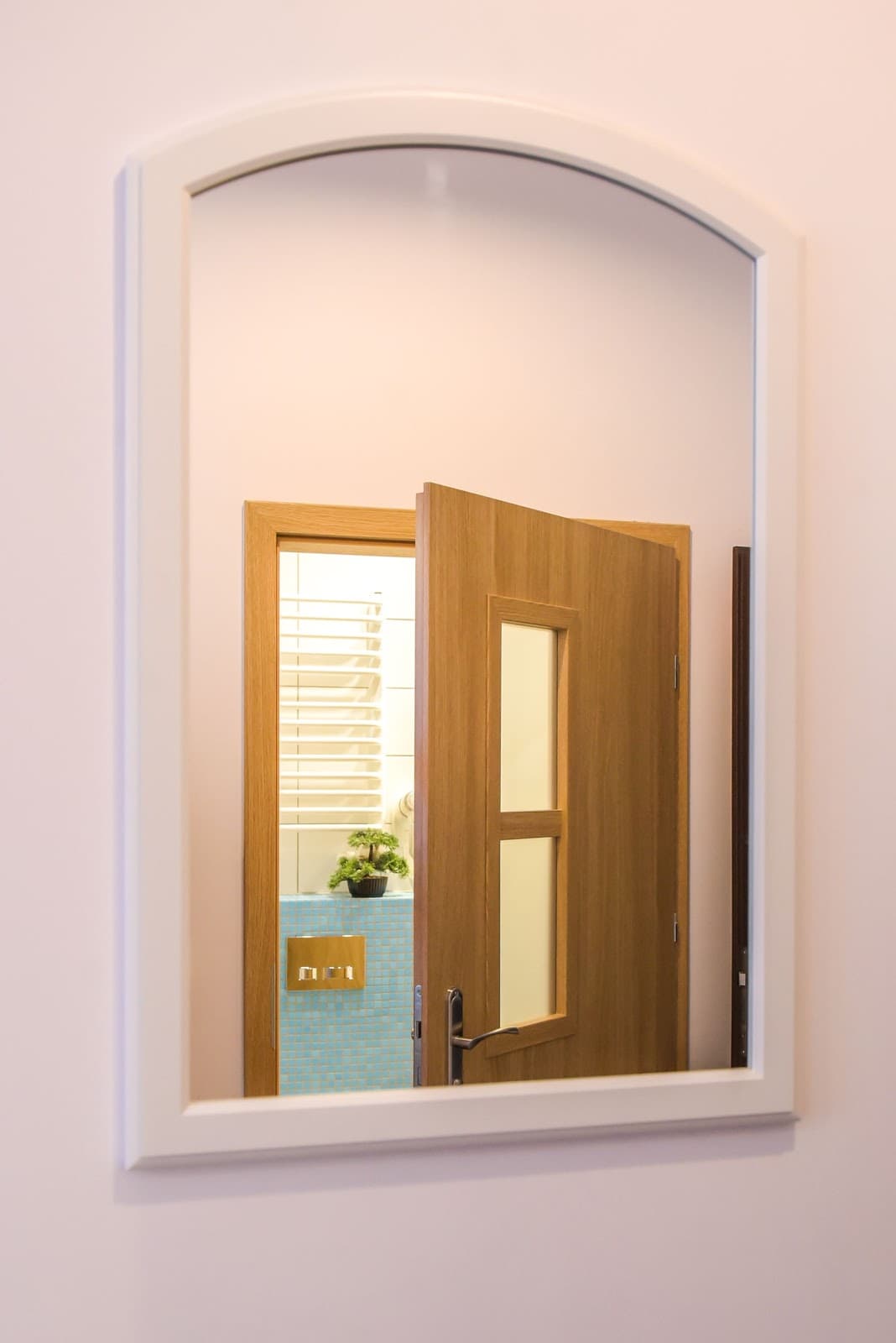
Social
from TikTok, Instagram & Reddit